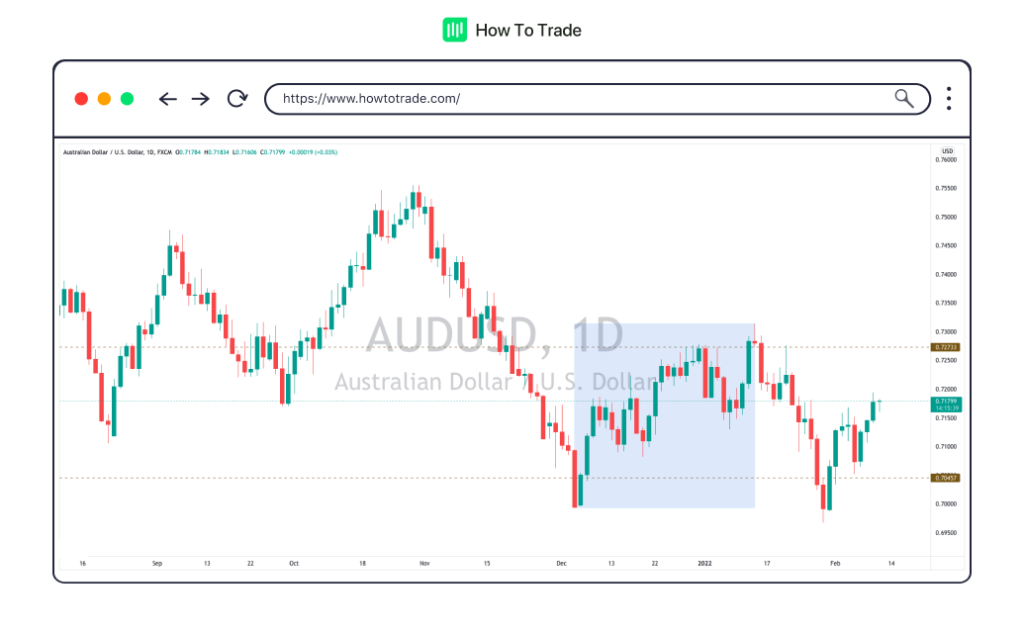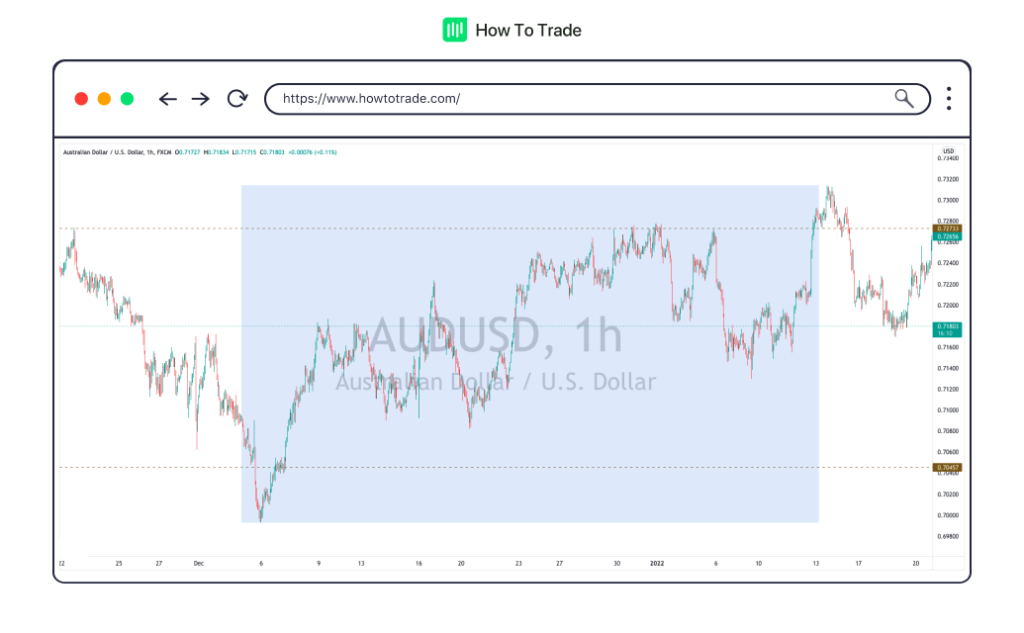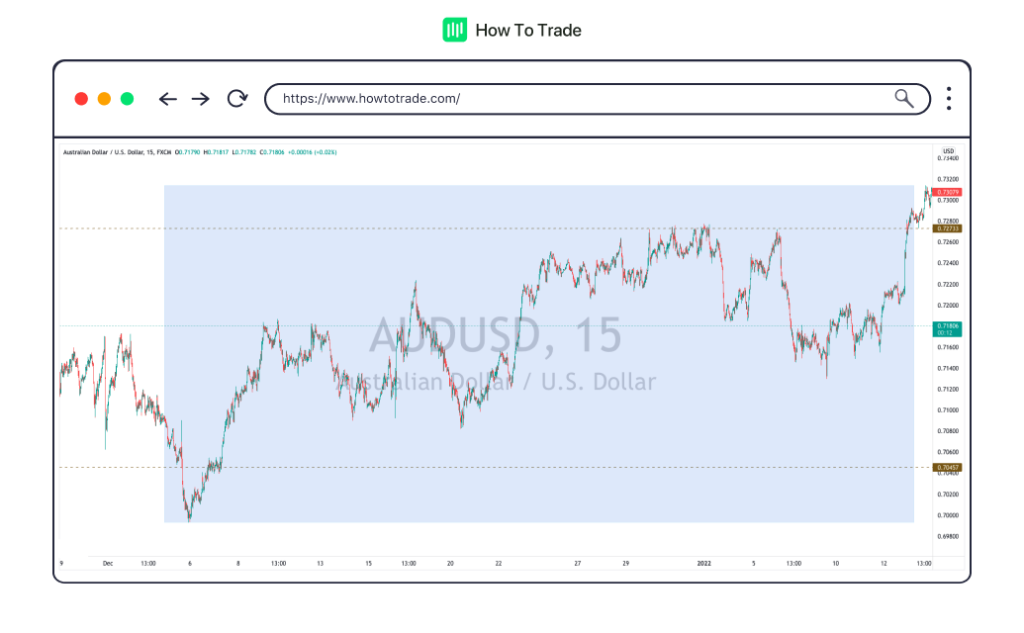What Time Frame Is Best for Forex Trading?
Forex trading success hinges on selecting the right time frame. Andrew Lockwood, a seasoned mentor at HowToTrade.com, advises that this choice is deeply personal and linked to one’s vision of themselves as a trader.
Every trader enters the market with unique motivations and personal goals. While some aspire to amass substantial wealth, others might be content with earning a daily income. This diversity in trading personalities underscores why there’s no universal answer to the ideal trading time frame.
Ultimately, it’s up to you which type of trader you want to be. Everyone’s circumstances and objectives are different, and we can’t determine the best time frame for you. It’s up to you how your trading day will look and feel.
The best time frame for Forex trading all depends on the kind of trader you want to be.
Andrew Lockwood, Mentor at HowToTrade.com
Assessing Your Trading Style and Time Availability
So, to start on the right foot in the forex markets, you need to answer the following questions:
- How much time do you have/want to trade?
- How much time do you want your money exposed to the markets?
- Are you interested in trend trading or trading rotational markets?
- Do you feel more comfortable as a day trader or in the ranks of swing traders?
- Do you see yourself as a practitioner of multiple time frame analysis?
Understanding your personality is pivotal in shaping your trading identity. A thorough self-assessment helps you align your inherent traits with your best trading style, leading to the discovery of your ideal trading time frame.
Consider a scenario where you have a day job, limiting your screen time. In such cases, trading over long periods, such as daily or monthly time frames, could be more feasible. Hence, swing trading might be more suitable than day trading under these time constraints.
On the other hand, if your schedule allows you to dedicate several hours a day to trading, consider a scalping strategy. Scalpers leverage their time to execute numerous trades using minute or hourly charts, starkly contrasting swing traders who typically engage in fewer trades over longer periods.
Another essential consideration when choosing the best time frame to trade Forex for beginners is your objectives. To be successful, your resources must complement your goals. If not, the conflict will more than likely undermine profitability.
Unfortunately, many Forex traders’ assets aren’t aligned with their goals; this is a major problem that must be addressed! Ensure your objectives are manageable and you have the time, money, and aptitude necessary to achieve them.
Exploring Different Forex Trading Time Frames
Now, let’s explore the three different time frames we can use when trading.
1. Longer Time Frame
You analyze the market from a broader perspective on higher timeframes. This is a crucial part of what swing traders do, as they break down the market from a macro perspective.
This approach suits those who prefer a slower trading pace or have demanding work schedules. Utilizing Daily (D1), Weekly (W1), or Monthly (MN) charts aligns well with the needs of many full-time professionals, making it an ideal forex trading method.

The plus side is that you have more time to spare and won’t have to worry about paying too much in spreads or commissions to your broker. However, the risks of trading longer timeframes can be greater. This is especially true when using daily, weekly, and monthly charts to execute the technical analysis. In these instances, breakout, momentum, and trend trading can be expensive undertakings.
Trading on longer time frames demands considerable patience, an ability to overlook short-term market fluctuations, and the discipline to wait longer before executing trades.
2. Medium Time Frame
Price moves fast in shorter time frames. This breakneck speed of the markets is one thing that day traders struggle with. If you’re going to trade on compressed time frames, then get used to speed. Business is often conducted in milliseconds, and price can change its path before you can blink!
To be more specific, the favored timeframe by medium-term traders range from the 1-hour to the daily timeframe.

If you aspire to become a medium-term trader, consider using the hourly or daily timeframe. This will give your portfolio more chances to grow, as you can take several trades daily.
The downside? It can be costly, as you have to factor in the commissions, spreads, and swap rates. Also, slippage can be a significant factor that can crush even the strongest trading strategy.
3. Shorter Time Frame
The most adventurous of the bunch are the intraday traders, also known as scalpers. These folks look at charts as low as the 1-minute but only as high as the 4-hour. On the 4-hour chart, they only hope to get a general idea of what the market is trying to do.

Of course, slippage, commissions, and swap rates can also reduce the profitability of day trading and intraday trading. Thus, earnings may not be quite as substantial as those from longer-term strategies.
What is the Role of Capital in Choosing the Best Timeframe to Trade Forex?
As an active forex market participant, you manage money every trading day. Whether you are swing trading, day trading, or scalping, this is key.
One thing that all the objectives have in common is the desire to make money. Shorter time frames let you make better use of margin and have tighter stop losses. Longer time-frames, on the other hand, require bigger stops, thus bigger capital. This prevents you from facing margin calls or stop-outs.
So, swing traders are typically better capitalized than intraday scalpers. While this is a generalization, it’s important to have adequate capital for your trading strategy. If not, your chance of success is vastly reduced.
What is the Role of Psychology in Choosing the Best Time Frame to Trade Forex?
As you already know, psychology plays a massive part in Forex trading. It can be especially detrimental to newbie traders.
Why?
Short term trading, e.g., buying and selling off the 1-minute or 15-minute charts, can be very emotional. Rapidly witnessing capital inflows and outflows, especially in large trades, isn’t for everyone and can be pretty stressful. The mental and physical demands of such trading can be exhausting, draining energy and focus. A day filled with continuous buying and selling can become overwhelmingly long and taxing.
Let’s say you open a longer position, hoping for the best. Then, as you watch the trade, you’ll see how a slight movement can either make or break your trading account. It can be nerve-wracking to watch! Our advice?
If you’re new to trading, we suggest leaving all that noise to more experienced traders with a better grip on their emotions and trading psychology. In fact, it may be a good idea to join the ranks of swing traders and forego the stress of short-time frame strategies- at least until you gain more experience.
After all, trading presents enough challenges. You don’t have to make it even more difficult for yourself by increasing your emotional involvement in shorter time frames. Instead, take a step back and trade using the higher time periods, the 4-hour or daily charts. Sure, they won’t be as exciting as the 5-minute chart, but they’ll be worth it in due time!
Remember – trading is all about long-term success! Once you’ve proven yourself and your skills as a trader, only then should you be looking at trading on the lower time-frames, hunting for those quick profits.
The Integration of Strategy and Time Frame
Once you decide on the right time frame, it doesn’t end there; you’re just getting started.
Another thing to consider is the forex market trading strategy you will use. There are strategies for all conditions and all levels of traders, which include the swing trading strategy, the 5-minute scalping strategy, and other trading strategies, many of which you can find inside our Trading Room, where we not only teach them but trade them live right in front of your eyes!
It is important to ensure that your strategy is optimized for the particular time period you wish to use. Otherwise, winning at day trading, swing trading, or long-term investment is inherently challenging. So, what will it be: day trader, swing trader, or scalper?
Key Takeaways
- The optimal time frame for Forex trading is subjective and depends on individual trader goals, available time, and trading style preferences.
- Choices range from long-term swing trading using daily or monthly charts, to short-term day trading or scalping with minute or hourly charts, each with unique risks and requirements.
- Regardless of your preferred timeframe, performing multiple timeframe analysis is our recommendation because it gives you a wholistic view of the market trend.
- Matching personal characteristics and objectives with the right trading time frame is essential for success in Forex trading.
- Capital requirements vary with the chosen time frame; longer timeframes generally require more capital due to bigger stop losses.
- Psychological factors play a significant role in trading; new traders should start with longer time frames to better manage emotional stress.



